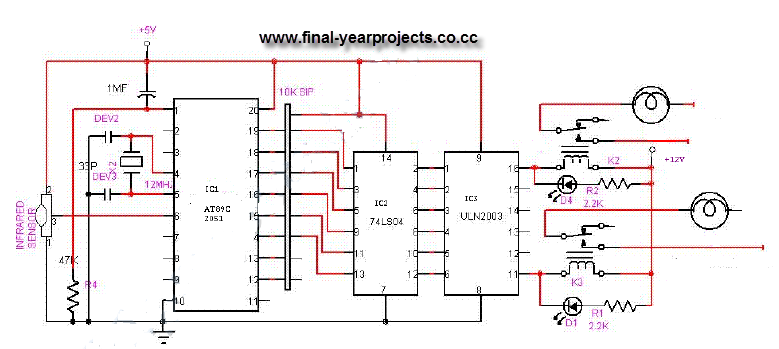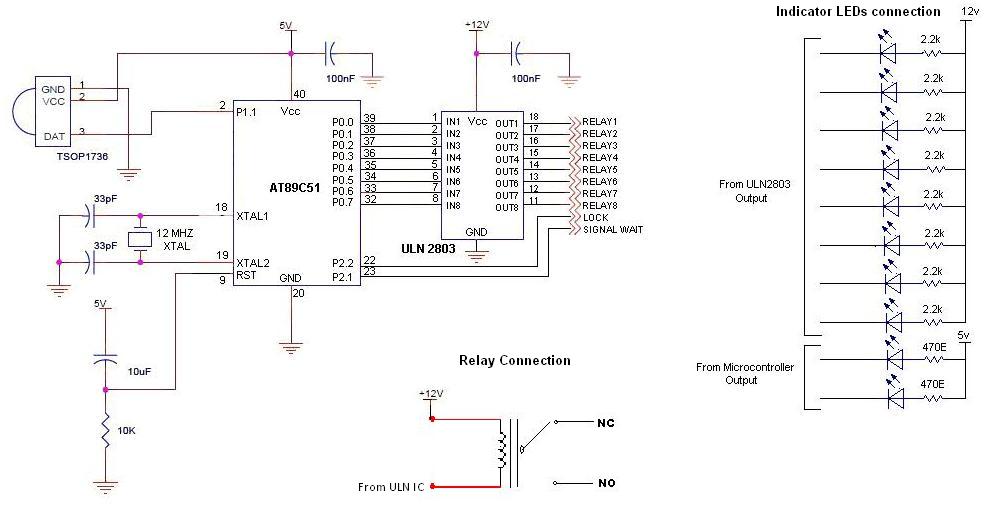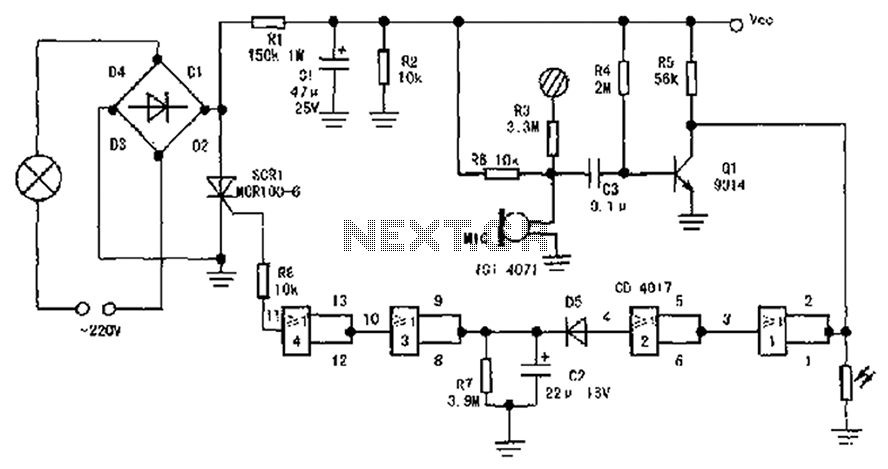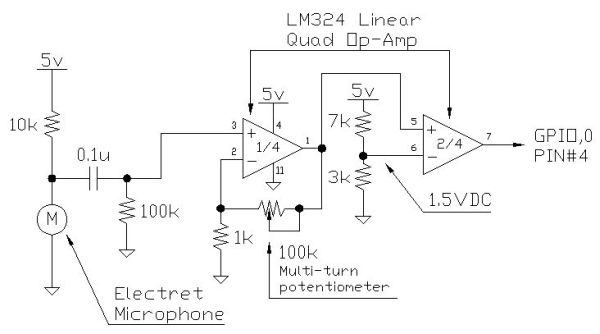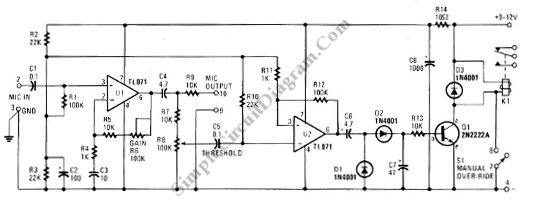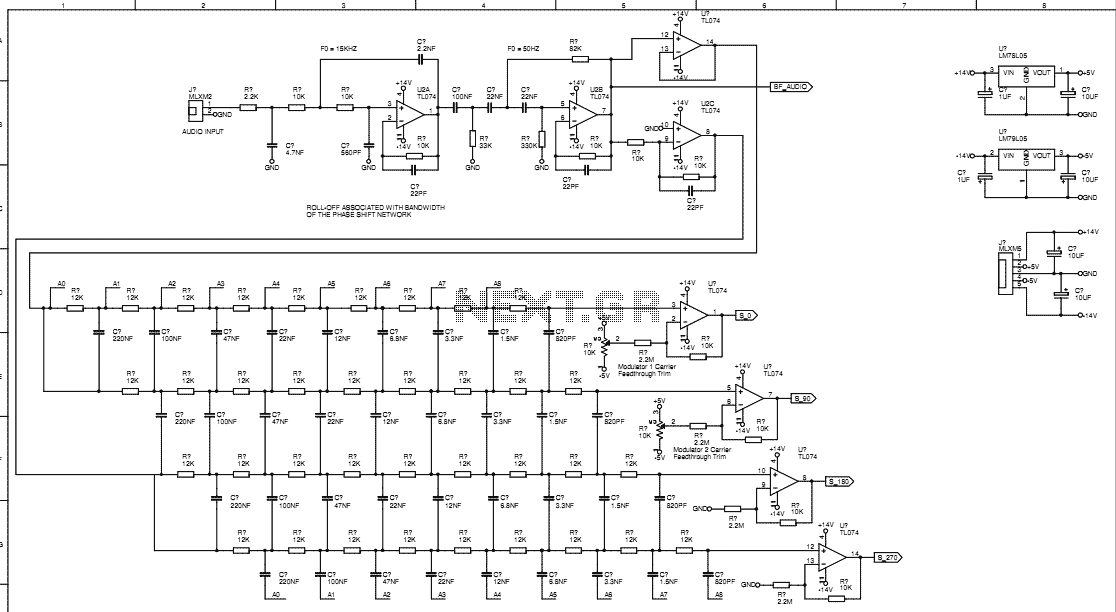
Differential analog switch
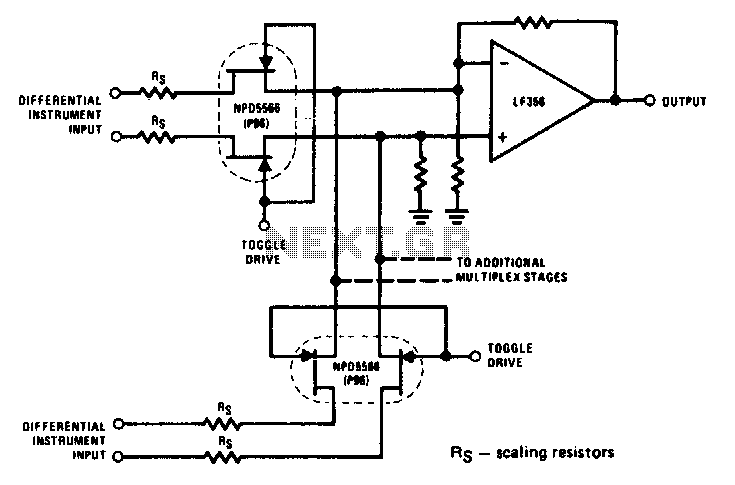
The NPD5566 monolithic dual is utilized in differential multiplex applications where the Rds(ON) should be closely matched. The monolithic dual tracks at better than ±1% over a wide temperature range of -25°C to +125°C, making it an unusual yet ideal choice for an accurate multiplexer. This close tracking significantly reduces errors caused by common-mode signals.
The NPD5566 monolithic dual is specifically designed for precision in differential multiplexing applications, where maintaining a closely matched on-resistance (Rds(ON)) is critical. The device's capability to achieve a tracking accuracy of better than ±1% across a broad temperature range enhances its reliability in environments subject to thermal variations.
In practical applications, this characteristic is essential for minimizing signal distortion and ensuring consistent performance in data acquisition systems, instrumentation, and communication systems. The reduced errors from common-mode signals are particularly important in scenarios where differential signaling is employed, as they can lead to inaccuracies in the output if not properly managed.
The NPD5566 features a compact design that integrates multiple functions, making it suitable for space-constrained applications. The dual configuration allows for the simultaneous multiplexing of multiple differential signals, which increases the efficiency of the signal processing chain.
In summary, the NPD5566 monolithic dual serves as an excellent choice for applications requiring high precision in differential multiplexing, with its superior tracking performance and minimal susceptibility to common-mode interference, ensuring accurate signal integrity across varying environmental conditions.The NPD5566 monolithic dual is used in a differential multiplex application where Rds(ON> should be closely matched) for the monolithic dual tracks at better than ±1% over wide temperature ranges (-25° C to +125° C), this makes it an unusual but ideal choice for an accurate multiplexer This close tracking greatly reduces errors due to common-mode signals.
The NPD5566 monolithic dual is specifically designed for precision in differential multiplexing applications, where maintaining a closely matched on-resistance (Rds(ON)) is critical. The device's capability to achieve a tracking accuracy of better than ±1% across a broad temperature range enhances its reliability in environments subject to thermal variations.
In practical applications, this characteristic is essential for minimizing signal distortion and ensuring consistent performance in data acquisition systems, instrumentation, and communication systems. The reduced errors from common-mode signals are particularly important in scenarios where differential signaling is employed, as they can lead to inaccuracies in the output if not properly managed.
The NPD5566 features a compact design that integrates multiple functions, making it suitable for space-constrained applications. The dual configuration allows for the simultaneous multiplexing of multiple differential signals, which increases the efficiency of the signal processing chain.
In summary, the NPD5566 monolithic dual serves as an excellent choice for applications requiring high precision in differential multiplexing, with its superior tracking performance and minimal susceptibility to common-mode interference, ensuring accurate signal integrity across varying environmental conditions.The NPD5566 monolithic dual is used in a differential multiplex application where Rds(ON> should be closely matched) for the monolithic dual tracks at better than ±1% over wide temperature ranges (-25° C to +125° C), this makes it an unusual but ideal choice for an accurate multiplexer This close tracking greatly reduces errors due to common-mode signals.
